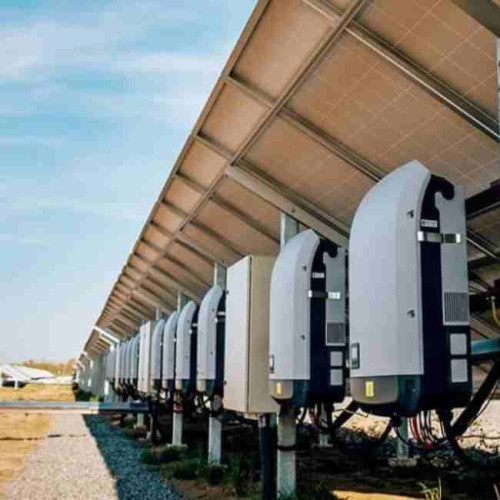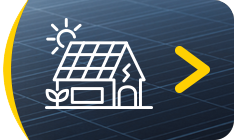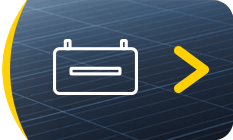- 05 Oct, 2017
- Solar Training , Definitions , Using and installation

The photovoltaic effect was discovered in 1839 by the French physicist Alexandre-Edmond Becquerel. The technology behind it was developped much further in the following years, as satellites were now powered by solar energy for instance. Nowadays, everyone can install their own solar panels and turn solar energy directly into electricity.
BASIC PRINCIPLE
A solar panel consists of photovoltaic cells arranged in rows between a glass plate and a rear contact in tedlar. Their functionning is based on the material with which these cells are made, namely silicon, a semiconductor material that is to be found in abundance in nature. The electrons circulating around the silicon atoms move thanks to the sun's rays photons contact. To create current, it is necessary to guide this circulation. As the cell is composed of two layers of silicon, we will add phosphorus on the one that is in contact with the sun. Phosphorus has a number of electrons superior to silicon’s one. On the other layer, boron is added, which has a lower number of electrons. A kind of battery is created between the face exposed to the sun (-) and the back of the cell (+). The electrons go naturally between the + and - terminal, which creates a continuous electric current. The connection of these two terminals via a wiring allows to create a flow of electric current.
THE CONNECTION
The panels are connected by wiring to a junction box which is also wired to the inverter.
The inverter allows the DC supplied by the AC panels to be converted by a transistor. The device is equipped with a microprocessor that analyzes the mains voltage and injects a sinusoidal current in phase. It hence ensures the conformity of the product with the standards set by the network manager.
Then the current reinjected to the electrical network to which you are connected can be bought by your supplier. The inverter is also equipped with a radiator or a fan that regulates its temperature. In the event of power off, an automatic shutdown is provided to prevent overheating.
The junction installation also includes a consumption and production meter that allows you to track the energy produced by your facility and what you use.










